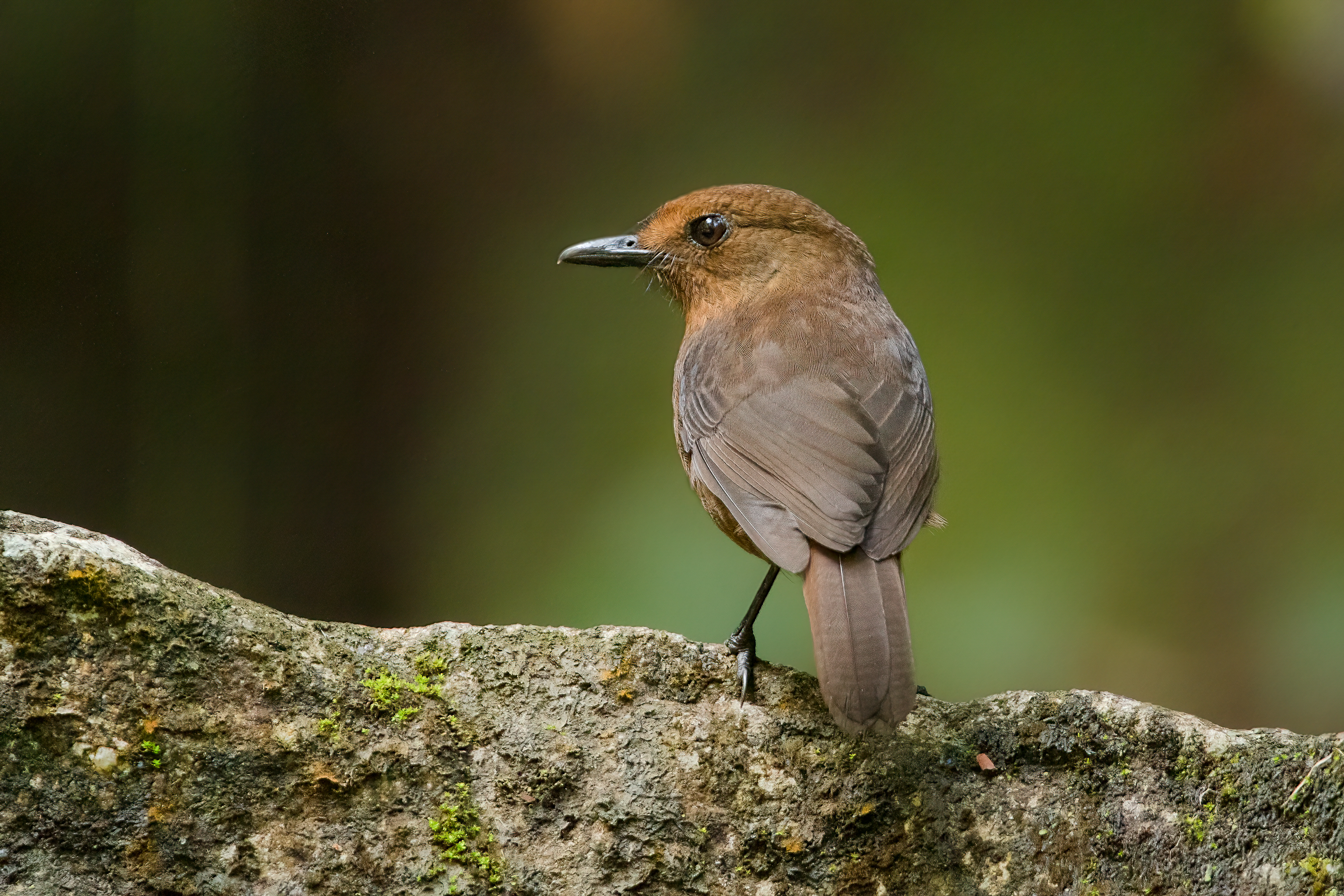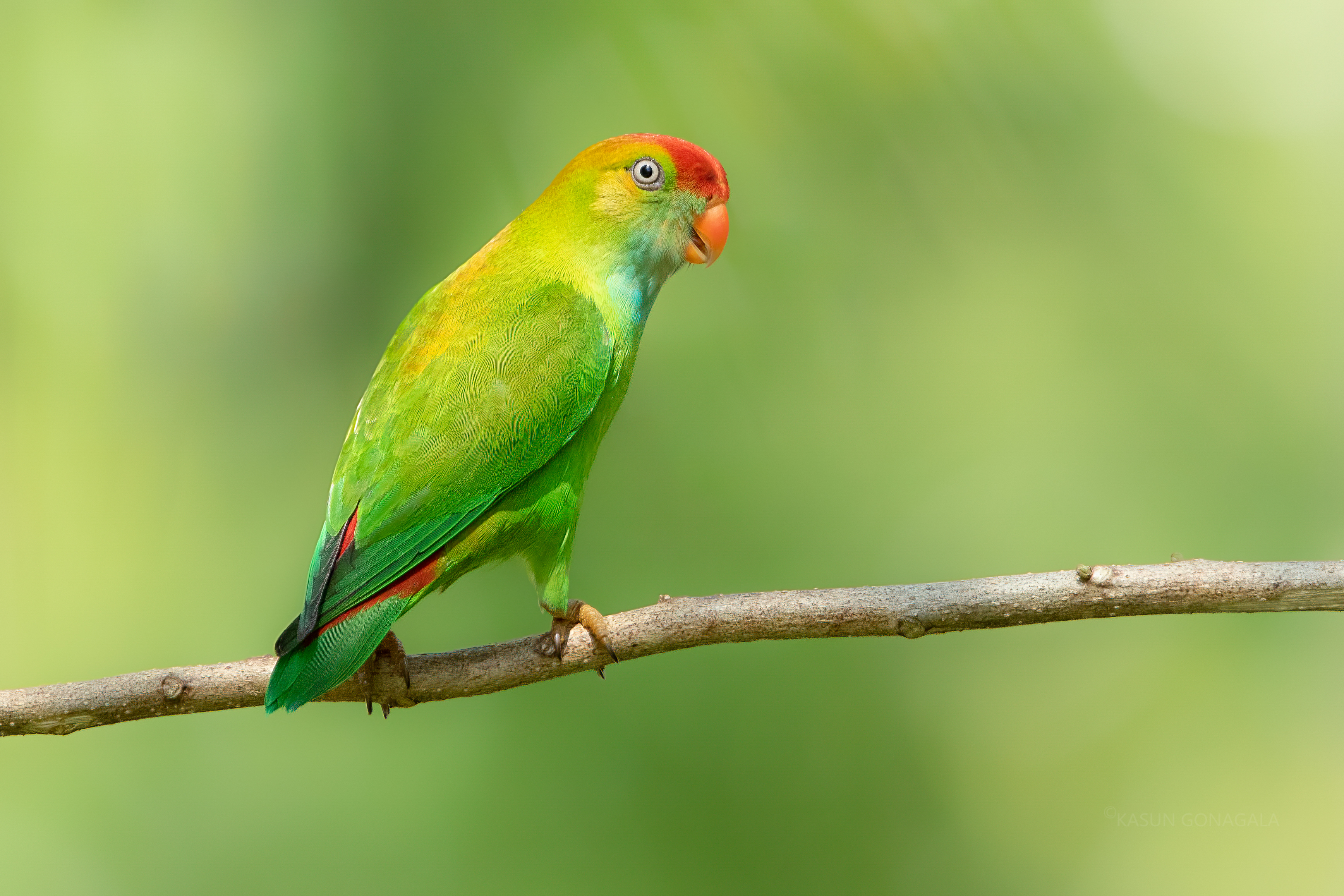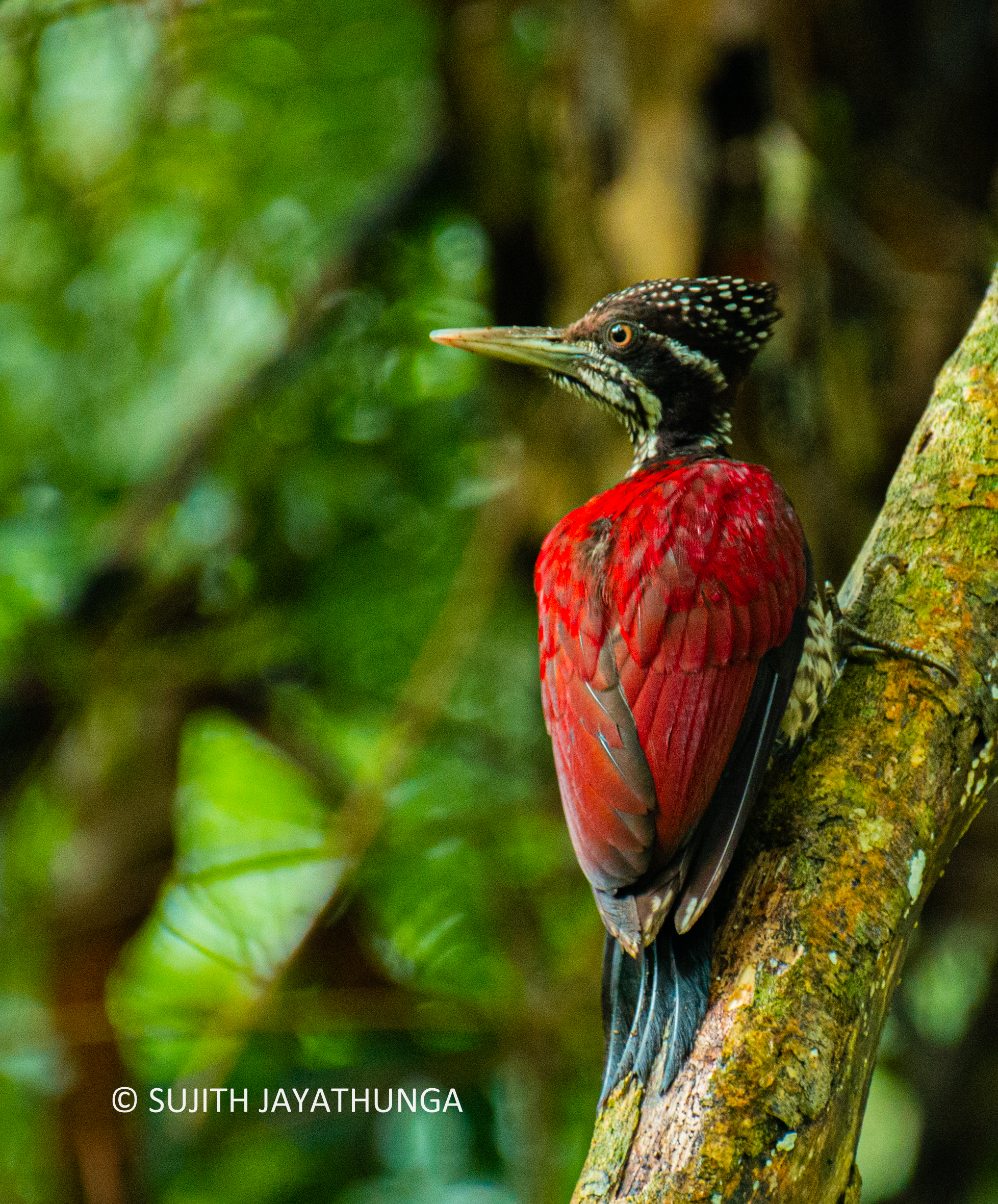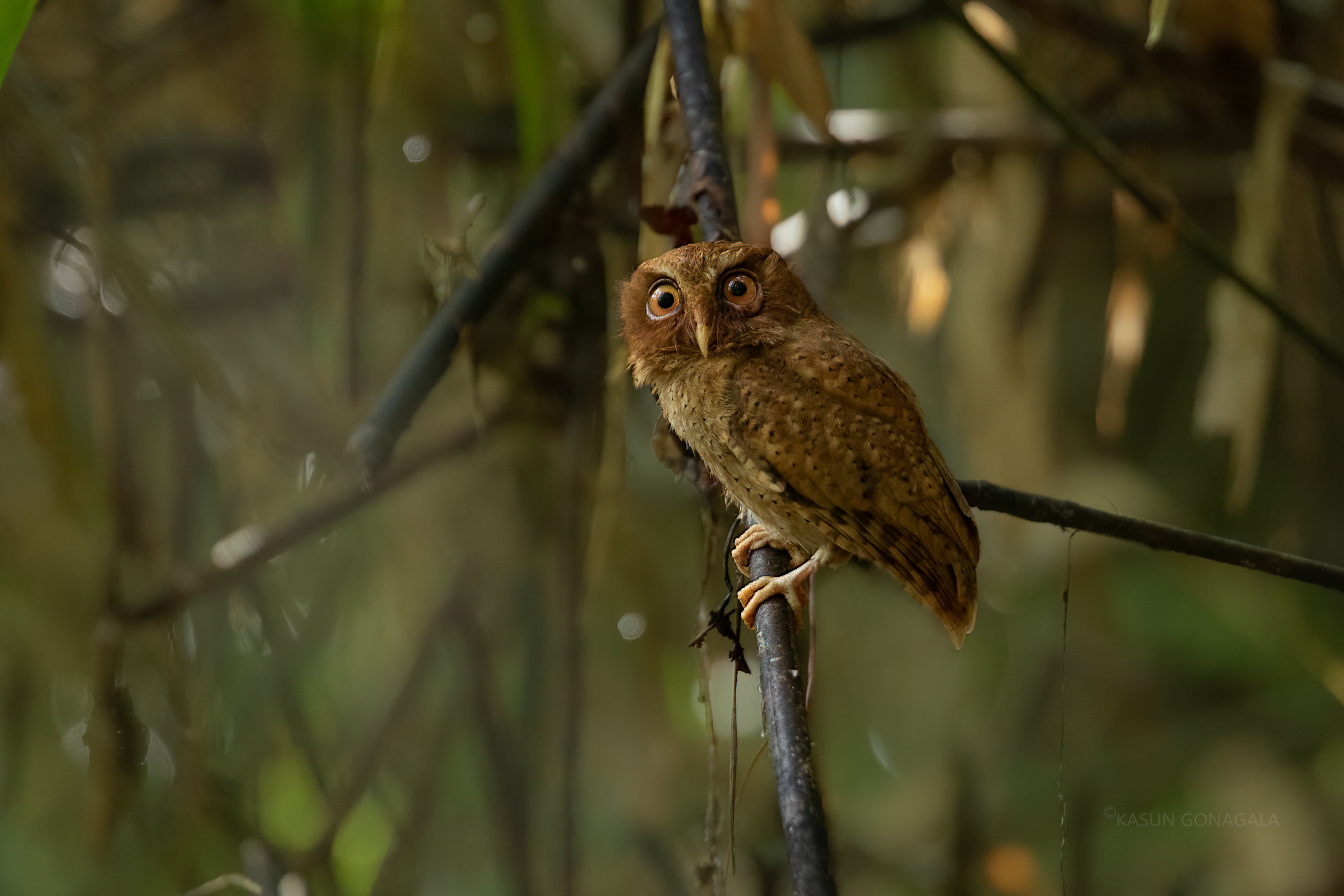Tour Plan
Day 01 – Airport / Sinharaja
Warmly welcome at the Airport and transfer to Sinharaja.
Overnight stay at Sinharaja
Day 02 / Day 03 - Sinharaja main and Biosphere reserve
Location- south-central 33km south of ratnapura, 11 km south of kalawana, 51 km north east of galle
Habitat- very large tract of rainforest, partly logged and regenerating
Best time to visit- any time of year
Situated in the southwest region of Sri Lanka, Sinharaja forest reserve is the only remaining primary tropical rainforest in the country and is recognized as a significant biodiversity hotspot. The forest in question spans across an expansive area of 36,000 hectares and represents a valuable repository of endemic flora and fauna. The reserve is home to a diverse array of life forms, including indigenous trees, insects, amphibians, reptiles, birds, and mammals.
Endemic birds - Red faced malkoha, sri lanka drongo, sri lanka thrush, sri lanka spurfowl, sri lanka jungle fowl, sri lanka wood pigeon, Black capped bulbul, sri lanka scimitar babbler, orange billed babbler, brown capped babbler, ashy headed laughingthrush, sri lanka gray hornbill, yellow fronted barbet, crimson fronted barbet, white throated flowerpecker, crimson backed flameback woodpecker, red back flameback woodpecker, sri lanka green pigeon, sri lanka myna, sri lanka blue magpie, spot winged thrush, green billed coucal, layards parakeet, sri lanka hanging parrot, serendib scops owl, chestnut backed owlet,white faced starling,sri lanka swallow
Overnight stay at Sinharaja
Day 04 - Sinharaja / Udawalawe
Udawalawe National Park
Location- south central.60km south east of ratnapura,13km north of ambilipitiya
Habitat- moist semi evergreen forest, grasslands, scrubland a large tank a river, riverine forest
Best time to visiting- northern migrant season, but worth visiting at any time of year
Located on the border of Sri Lanka's wet and dry zones, was established to serve as a refuge for wildlife that was displaced by the development of the Udawalawe Reservoir and to safeguard the reservoir's catchment. The park, encompassing a vast area of 32,315 hectares, inclusive of the Walawe reservoir, is comprised of diverse microhabitats such as marshes, woodlands, and expansive grasslands. Its popularity among tourists is evidenced by its ranking as the third most frequented park in the country, thus, emphasizing its significance as a wildlife conservation area and tourist attraction.
Endemic birds- Sri lanka woodshrike,red back flameback woodpecker,sri lanka swallow,crimson fronted barbet,crimson backed flameback,
Overnight stay at Udawalawe
Day 05 - Udawalawe / NuwaraEliya
NuwaraEliya
Nuwaraeliya which means the ''City of Lights'' is also known as the city of eternal spring, where the air is pure, cool and distilled up through 1884 meters. The city established by the British in the 19th century, and known as ''LITTLE ENGLAND'' and is a popular holiday resort for Sri Lankans & tourists due to its cool climate and quaint colonial feel with its little bungalows surrounded by hedgerows.
Overnight stay in Nuwaraeliya
Day 06 - Horton Plains
Location-south central.18 km south of nuwara eliya
Habitat-cloud forest, grassland
Best time to visit- any time of year
The Horton Plains National Park, located at an altitude of 2,100-2,300 m, covers the largest plain in the central hills of Sri Lanka and consists of montane grassland and cloud forest habitats. The region is celebrated for its remarkable ecological wealth, with an abundance of plant and animal species, many of which are exclusive to the area. Moreover, the plains are renowned for their breathtakingly beautiful landscape, which adds an extra layer of value to this treasured conservation area.
Sri lanka whistling thrush,sri lanka thrush,sri lanka wood pigeon,orange billed babbler,sri lanka spurfowl,crimson back flameback woodpecker,dull blue flycatcher,scimitar babbler,sri lanka bush warbler,spot winged thrush,sri lanka white eye,white throated flowerpecker,sri lanka swallow,yellow eared bulbul.
Overnight stay in Nuwaraeliya
Day 07 – Nuwara Eliya/ Kitulgala
Kitulgala Forest Reserve (Makandawa Forest Reserve)
Location- south west.22km east of avissawella,14km south east of yatiyanthota
Habitat- A fairly large tract of rainforest, just across the kelani river
Best time to visit- any time of year
The Kitulgala Forest Reserve, which spans 1,155 hectares, was established with the primary aim of
safeguarding the catchment area of the Kelani River. This reserve is a secondary lowland rainforest that
gradually transitions to higher elevations. The reserve's rainforest ecosystem, which is similar to the Sinharaja
Rain Forest, is home to a variety of endemic flora and fauna, as well as picturesque waterfalls such as the
Makulu Ella and Lenakiri Ella.
Endemic birds - Red faced malkoha,sri lanka drongo,sri lanka spurfowl,sri lanka jungle fowl,sri lanka wood
pigeon,Black capped bulbul,sri lanka scimitar babbler,orange billed babbler,brown capped babbler,ashy headed
laughingthrush,sri lanka gray hornbill,yellow fronted barbet,crimson fronted barbet,white throated
flowerpecker,crimson backed flameback woodpecker,red back flameback woodpecker,sri lanka green
pigeon,sri lanka myna,sri lanka blue magpie,spot winged thrush,green billed coucal,layards parakeet,sri lanka
hanging parrot,serendib scops owl,chestnut backed owlet,white faced starling,sri lanka swallow.
Day 08 - Kitulgala/ Airport
Transfer to the Airport according to departure time





